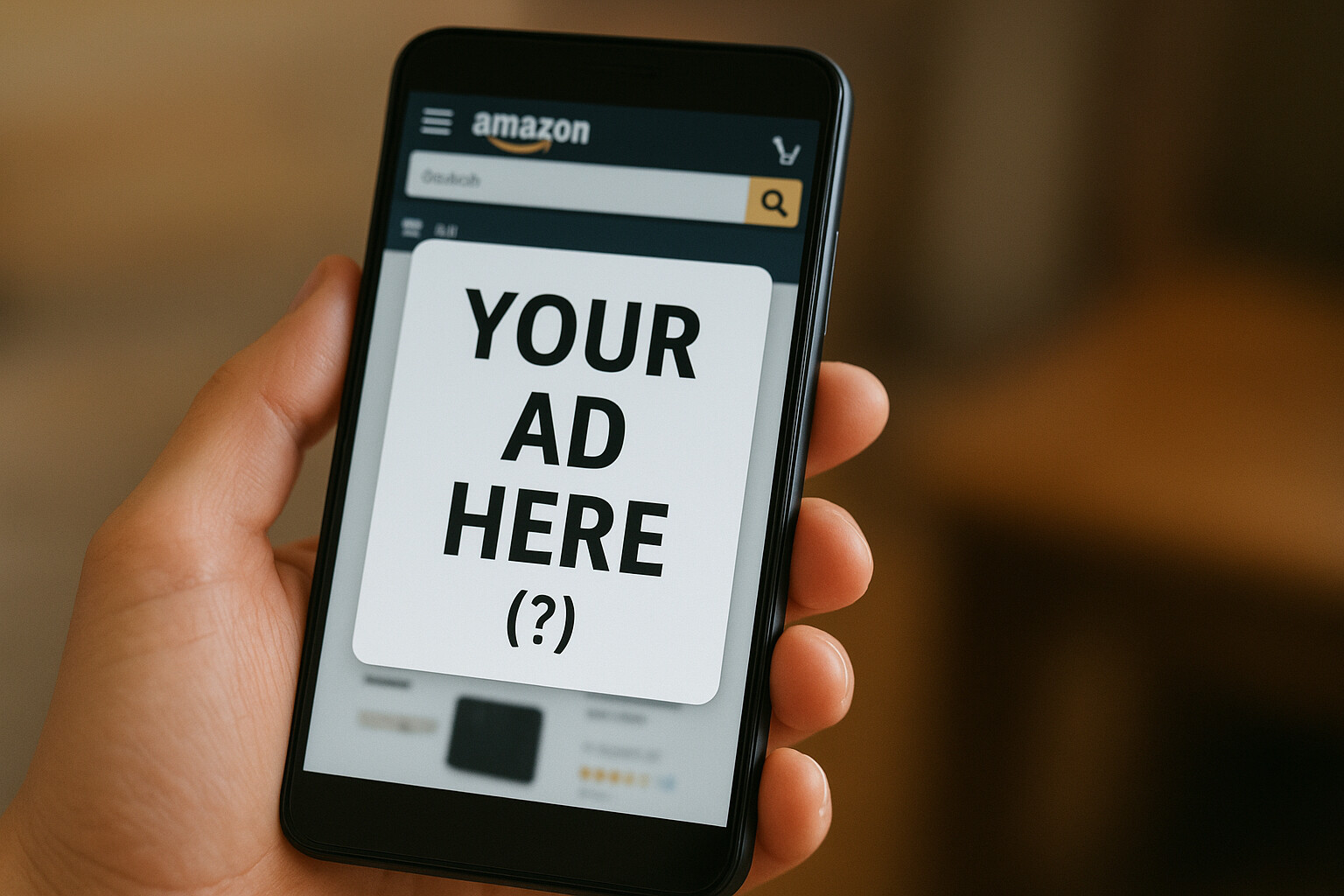E-commerce expert Jens Armbrecht in an interview: The advantages of Amazon’s vendor program

Amazon-Händler können Ihre Ware nicht nur als Seller, sondern auch als Vendor verkaufen. Das bedeutet, dass sie nicht an die Endkunden direkt verkaufen, sondern zum Lieferanten von Amazon werden. Es entsteht ein klassisches B2B-Geschäft mit dem Onlineriesen.
In vielen Foren finden sich aber verärgerte Vendoren, die über Schwierigkeiten mit dem Programm berichten. Außerdem scheint es, als würden immer mehr Inhalte, die ursprünglich Vendoren vorbehalten waren, für Seller freigeschaltet. Wo liegen also die Vorteile im Vendoren-Programm?
Der Onlineriese hält sich eher bedeckt mit Informationen rund um das Programm. Nur im Vendor-Central erfahren Händler mehr. Dafür ist eine Registrierung als Vendor notwendig.
Deshalb haben wir mit Jens Armbrecht, E-Commerce-Experte und Gründer von Shopvires, über die Vorteile des Vendoren-Programms gesprochen.
SELLERLOGIC: Es wirkt, als würden sich Seller Central und Vendor Central immer weiter annähern. Welche Vorteile sehen Sie im Vendoren-Programm gegenüber dem Seller Central?
Jens Armbrecht: „Zunächst muss man im Blick behalten, für wen das Vendor-Programm eigentlich gedacht ist. Die meisten Vendoren sind die Hersteller von Produkten, welche Sie direkt an Amazon verkaufen.
Auch wenn sich Seller und Vendoren immer mehr vom „Funktionsumfang“ wie zum Beispiel A+ Content annähern, wird das Vendor-Programm dennoch für Hersteller weiter attraktiv bleiben.
Dafür gibt es auch einen ganz einfachen Grund: Viele größere Hersteller können beziehungsweise wollen aus verschiedenen Gründen nicht direkt an Endkunden verkaufen und brauchen daher jemanden wie Amazon.
SELLERLOGIC: Wem würden Sie einen Wechsel vom Seller zum Vendor empfehlen? Würden Sie andersherum auch manchen Vendoren empfehlen, ins Seller-Programm zu wechseln?
Jens Armbrecht: „So pauschal kann man das nicht beantworten. In den meisten Fällen macht eher eine Hybrid-Strategie am meisten Sinn, also Vendor und Seller zugleich zu sein.
Hier sollte man aber sehr genau wissen, was man einerseits will und was man andererseits selber kann.”
SELLERLOGIC: In vielen Foren gibt es Beschwerden, dass die Kosten für das Vendoren-Programm sehr undurchsichtig sind, wie beispielsweise die Werbekostenzuschläge. Kennen Sie diese Problematik? Was würden Sie den Betroffenen raten?
Jens Armbrecht: „Ja, ich höre das tatsächlich auch ab und an. Undurchsichtig ist es aber auf keinen Fall. Ein Blick ins Vendor Central und man sieht, wieso man welche „Strafe“ gezahlt hat.
Sicherlich gibt es auch echte Herausforderungen wie etwa das SIOC-Programm – zu 90% liegt es aber am Vendor, da dieser seine Prozesse nicht im Griff hat.
SIOC ist eine Methode, die Amazon nutzt, um Ware für den Kunden zu verpacken. Dabei achtet der Onlineriese darauf, möglichst wenig Verpackungsmüll zu produzieren.
Die Vorgaben von Amazon sind zwar sehr hoch, das weiß aber jeder Vendor vorher – zumindest, wenn man sich richtig informiert hat und nicht nur die Dollarzeichen in den Augen hatte.
Ganz klarer Tipp: Es sollte sich jeder vorher extern beraten lassen, zum Beispiel durch uns, um am Ende eine neutrale Einschätzung zu haben, ob man die Anforderungen überhaupt erfüllen kann und, damit das Vorhaben nicht zum Fass ohne Boden wird.”
SELLERLOGIC: Vor ein paar Jahren war eines der Argumente für das Vendor Central der Zugang zu den erweiterten Werbeformaten wie A+ Content und Amazon Vine. Diese sind aber inzwischen auch für Seller zugänglich. Lohnt sich ein Vendor-Status dann noch?
Jens Armbrecht: „Ja, da besonders größere Hersteller gar keine Möglichkeit haben, einen Artikel mit einer Rechnung an einen Endkunden zu schicken, wird man hier weiterhin das Vendor-Programm benötigen.
Alle Hersteller / Vendoren sollten dies aber dennoch grundsätzlich überdenken oder sich anders aufstellen, um einfach agiler zu sein und nicht so stark von einem einzigen Kunden abhängig zu sein (was anderes ist Amazon im Vendor-Programm ja nicht). Auch hier unterstützen wir sehr gerne und stellen die entsprechenden Vor- und Nachteile heraus.”

SELLERLOGIC: Ein weiterer Vorteil, der in vielen Blogposts genannt wird, ist, dass Vendoren sich nicht mehr um die Logistik und den Kundensupport kümmern müssen. Diesen Vorteil haben aber auch FBA-Händler. Worin unterscheiden sich die Systeme diesbezüglich?
Jens Armbrecht: „Ganz so einfach lässt es sich nicht vergleichen. Ja, grundsätzlich übernimmt Amazon (ein Stück weit) den Kundensupport, wenn man FBA nutzt.
Allerdings muss eine Rechnung für jede Bestellung geschrieben werden. Sicherlich geht das inzwischen auch über Amazon, aber besonders größere Hersteller haben damit ein Problem.
Wenn ein Vendorenvertrag vernünftig verhandelt ist, gibt es zudem keine Retouren, also noch ein weiterer Punkt, um den ich mich als Hersteller nicht kümmern muss.
Ein Vendor-Business kann ein ganz klassisches B2B-Geschäft sein, auch wenn es sicherlich einige Fallstricke gibt.”
SELLERLOGIC: Gibt es Ankündigungen über weitere Vorteile für Vendoren, die diesen vorbehalten bleiben und nicht für Seller geöffnet werden sollen?
Jens Armbrecht: „Ein, zwei Sachen habe ich tatsächlich schon gehört, dazu darf ich aber noch nichts sagen.”
SELLERLOGIC: Vielen Dank!
Bildnachweise in der Reihenfolge der Bilder: © alexmishchenko – stock.adobe.com / © thodonal – stock.adobe.com







